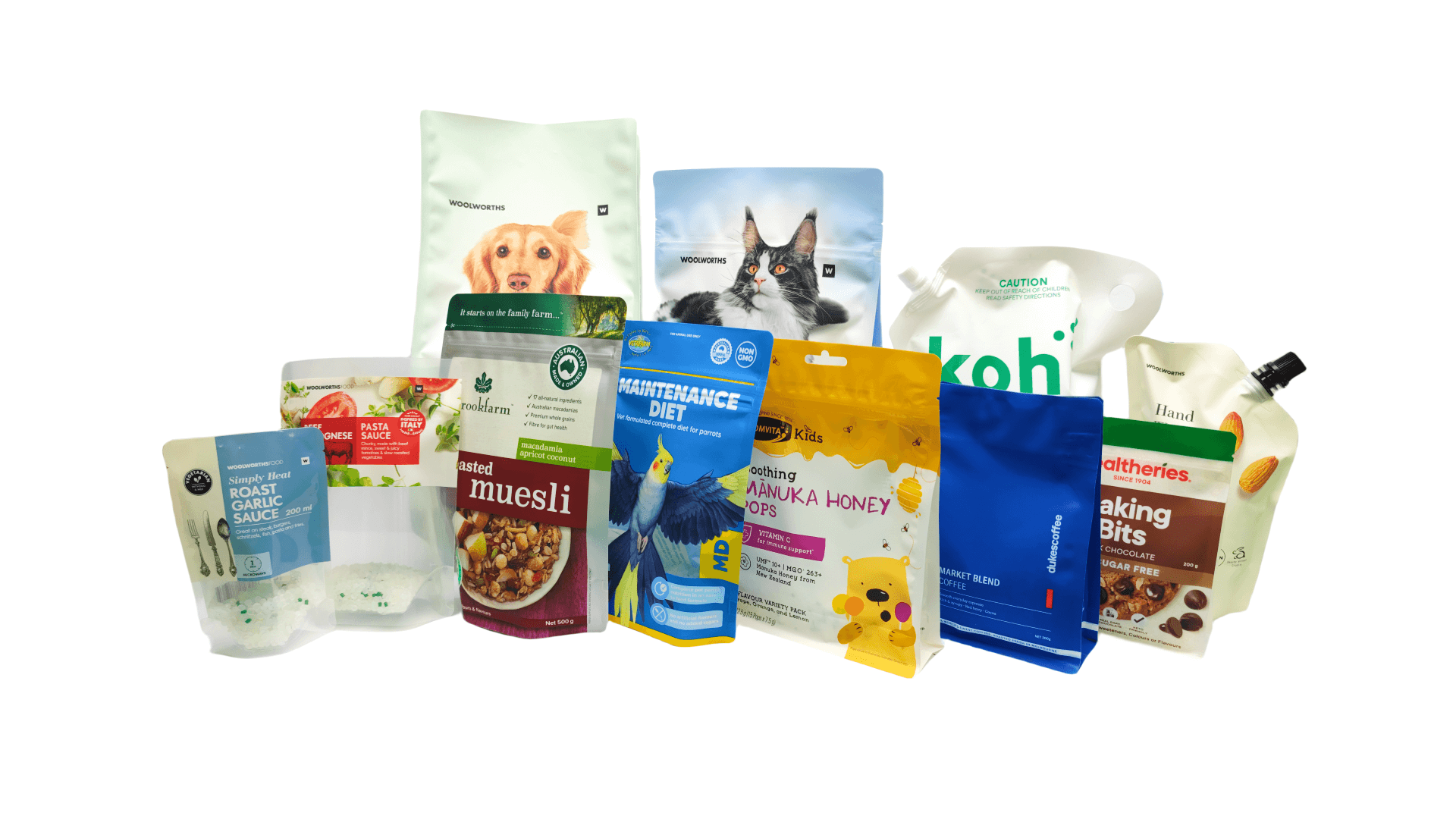How Flexible Packaging Extends the Shelf Life of Food and Reduces Food Waste?
In this article, we will explore how flexible packaging contributes to prolonging the shelf life of food, thereby preventing food waste.
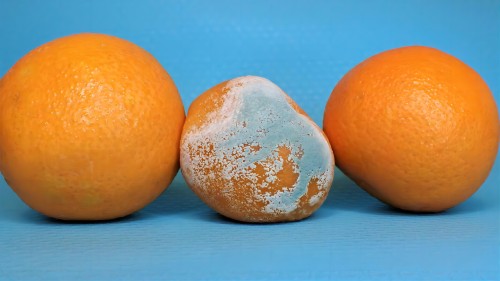
Food waste is serious
According to a recent study report, currently, in the United States, 40% of food is not eaten and the 34.7 million tons of food sent to US landfills each year results in approximately 27 million metric tons of carbon dioxide equivalent in greenhouse gas emissions.
In addition to the direct greenhouse gas emissions generated at the end of food use, food waste also causes two other indirect environmental consequences that are rarely discussed: avoidable natural resource consumption (especially land and water), as well as pollution occurring during food production.
The food produced, whether consumed or wasted, uses freshwater and other natural resources, including land. In fact, 80% of freshwater consumption and 50% of land in the United States is used for food production.
A study published in 2012 by WRAP (Waste & Resources Action Programme) specifically looked at the relationship between food waste and food packaging. The study confirmed that freshness is a top priority for consumers.
A key insight from this new research, combined with previous studies, showed that current consumers are not fully utilizing the information on packaging or the packaging itself. They also lack awareness of the benefits packaging can provide to maximize the shelf life of products at home.
There is evidence that when consumers see a range of positive and factually correct statements about packaging, their attitudes can “shift”.
Two messages are particularly effective: “Packaging can help keep food fresher for longer – both on store shelves and at home” and “The vast majority of packaging is recyclable (85%), so the impact is smaller than you might think.”
As more information is provided, people’s concern about food waste is also increasing.
Flexible Packaging Extends Shelf Life of Food
Research shows flexible packaging can significantly increase how long many fresh fruits and vegetables stay fresh – sometimes even doubling their shelf life.
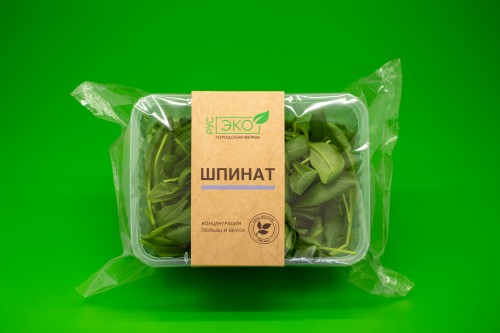
| Zucchini | 1→5 | Broccoli Florets | 6→20 | Fresh Sliced Turkey | 14→21 |
| Green Beans | 7→19 | Bell Pepper | 4→20 | Lamb Steaks | 8→13 |
| Banana | 15→36 | Mango | 20→40 | Provolone Cheese | 190→280 |
| Table Grape | 7→70 | Ground Beef | 3→20 | Fresh Swordfish | 7→12 |
| Cherries | 14→28 | Beef | 14→23 | Pear | 7→15 |
| Whole Chicken | 7→20 |
- The shelf life of bell peppers was extended from 4 days to 20 days using modified atmosphere packaging (MAP) with polypropylene film.
- Broccoli shelf life increased from 6 days with PVC packaging to 20 days when packaged in microperforated OPP bags.
- The shelf life of zucchini slices was extended from 1-2 days without packaging to 4-5 days when packaged in OPP bags.
- Pea shelf life increased from 7 days to 19 days when packaged in non-perforated 25-micron PE film.
- Banana shelf life was extended to 36 days with HDPE and LDPE microporous films compared to 15 days without packaging.
- The shelf life of fresh grapes was extended using passive MAP bags made from 20, 40, and 80-micron OPP films, with the thicker 80-micron film providing up to 70 days of shelf life.
- The shelf life of cherries packaged in passive MAP was extended from 14 days to 28 days while reducing quality losses from 24% to under 1%.
- Pears have a very short shelf life of 7-10 days at room temperature without packaging, which can be extended to 15 days with non-perforated 0.025 mm PP bags.
- Non-perforated ethylene absorbing film extended mango shelf life from 20 days to 40 days.
- Adding MAP and films containing 1% oregano leaf extended beef shelf life by 14-23 days due to antioxidant activity.
- Sheep chops’ shelf life was extended from 8 days to 13 days when packaged in MAP containing antioxidant oregano active film.
- Fresh sliced turkey had a 14-day safety shelf life under air conditions and 21 days under vacuum conditions.
- Fresh sliced turkey packaged in carbon dioxide MAP had a shelf life of 25 days.
- The shelf life of smoked turkey was extended to 5 days using active MAP packaging.
- Whole chicken shelf life was extended from 7 days to 20 days using active MAP packaging.
- The shelf life of fresh chicken breast fillets was extended by 9-10 days with active MAP packaging.
- The shelf life of breaded chicken breast nuggets was extended to 6 days with the addition of active MAP.
- Ham slices were protected for 12 days if accidentally contaminated during slicing using antimicrobial LDPE film.
- The shelf life of ground beef increased from 2-3 days on traditional polystyrene foam trays to 11-12 days using a modified atmosphere and 20 days with vacuum packaging.
- Cook-in packaging with oxygen-permeable PP film extended the shelf life of meatballs to 9 months.
- The shelf life of fresh swordfish increased from 7 days without packaging to 12 days using modified air packaging.
- The shelf life of bluefin tuna steaks was extended from 2 days to 18 days using a modified atmosphere and active LDPE film packaging with a-tocopherol (vitamin E antioxidant).
- The shelf life of Parmesan cheese was extended from 190 days with vacuum packaging to 280 days when packaged in a 30% CO2, 70% N2 atmosphere.
- The shelf life of mozzarella cheese was extended to 6 days using antimicrobial fiber film.
- Oxygen absorbing board extended the shelf life of cheese in military rations to 6 months at 100°F while delaying vitamin C degradation.
Fresh fruits, vegetables, and meats make up a large portion of consumer food waste. Research extending their shelf lives has been documented in scientific journals.
Extending shelf life can help reduce waste and promote healthy diets by keeping nutritious foods fresher longer. Proper packaging plays an important role in shelf life extension, which is an area that has been studied significantly.
The literature shows packaging technologies that have been successful in lengthening the periods that various fresh foods can be stored while still maintaining quality and reducing spoilage and mold growth. This helps food last longer in both grocery stores and consumers’ homes.
How Flexible Packaging Extends Shelf Life of Food?
Several factors influence the shelf life of food, including Oxygen, Humidity, Temperature, Light, Microorganisms etc.
- Oxygen catalyzes many reactions leading to food spoilage and oxidation.
- Excessive or inadequate humidity can lead to food spoilage or mold growth.
- Lower temperatures slow down microbial growth and food oxidation, thus extending the shelf life.
- Some foods are light-sensitive, which can cause quality changes.
- Bacteria, molds, and yeast are major contributors to food spoilage.
Considering these factors, flexible packaging significantly prolongs the shelf life of food.
Oxygen Blocking
Food deterioration often results from the slow oxidation process, where oxygen can easily compromise various sensitive products, similar to the effects of moisture or light.
- Oxygen triggers lipid oxidation in food, even at low temperatures, producing peroxides that compromise the safety and quality of the product.
- Oxygen causes vitamins and various amino acids in foods to lose nutritional value, exacerbating browning reactions in foods and causing pigment oxidation or browning.
- Oxygen fosters the growth of bacteria in food, contributing to spoilage.
Even small amounts of trapped oxygen in a bag can lead to spoilage, desiccation, or loss of appeal. Products like beef jerky are susceptible to fungal and bacterial damage as trapped oxygen promotes growth.
- Oxygen absorbers are often added to flexible packaging to extend shelf life. Using oxygen absorbers inside plastic bags or pouches can prevent fungal and microbial growth.Their function is to prevent air from entering and maintaining oxygen levels near zero throughout the product’s lifespan, thus extending the usable life of products on store shelves and in consumers’ homes.
- In flexible packaging, high-barrier films with low oxygen permeability also extend shelf life.
The oxygen permeability (OTR: cm³/(m²·24h·0.1MPa)) for different films:
Aluminum Foil structure ≤0.5 TPET or TNY structure ≤2.0 KNY structure ≤10 KPET structure ≤10 KOPP structure ≤15 MPET structure ≤2.0 NY structure ≤50 PET structure ≤120 EVOH structure ≤5
Laminate pouches featuring an aluminum foil layer exhibit superior oxygen permeability, making them extensively employed for food items demanding high barriers, including sauces, purees, and coffee.
TPET layers also provide effective barriers, although not as exceptional as aluminum foil. However, TPET is well-suited for applications where a clear window is needed, as it allows consumers to see the product directly. Many packages therefore choose TPET films.
Bags made of EVOH (ethylene vinyl alcohol) structure are widely used for recyclable packaging applications.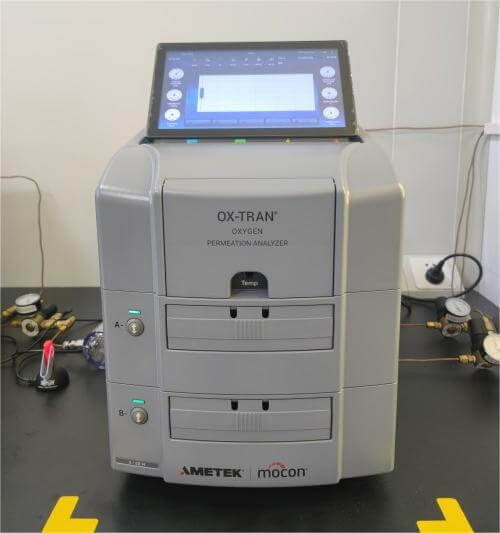
Water Blocking
The moisture content in food significantly impacts its structure, appearance, taste, and susceptibility to spoilage. The water content directly affects the shelf life of food and consumer acceptance.
Excessive moisture favors the growth of bacteria, leading to food spoilage, while also accelerating the breakdown of nutrients and the spread of contaminants, and is not conducive to controlling pollution and protecting foods.
Therefore, preventing the infiltration of moisture is crucial for preserving food quality.
The moisture-vapor transmission (WVTR: g/(m²·24h)) for different materials:
| Aluminum Foil structure | ≤0.5 | MPET structure | ≤2.0 |
| KOPP structure | ≤5.8 | KPET structure | ≤13 |
| CPP structure | ≤8.0 | PE structure | ≤8.0 |
| KNY structure | ≤15 | EVOH structure | ≤10 |
The aluminum foil with excellent barrier properties that are suitable for food flexible packaging.
EVOH is a hydrophilic material that is not very friendly towards dry goods and water-sensitive foods.

Light Blocking
Light irradiation can cause a series of changes inside foods due to its high energy.
Under light, photosensitive components in foods can rapidly absorb and convert photonic energy, thereby stimulating chemical reactions that cause spoilage within the food.
The more light energy foods absorb, and the deeper it transfers, the faster and more severe the food spoilage will be.
UV light has a very noticeable impact on perishable goods like spices, snacks, coffee, or tea. UV rays can cause color fading and degradation of nutritional substances.
To address this issue, plastic food packaging often utilizes light-resistant materials like aluminum foil or white coatings to block light, including UV light.
They provide the ultimate barrier protection by blocking the transmission of UV rays, keeping your products fresher especially if they need to be placed inside or near store display windows.
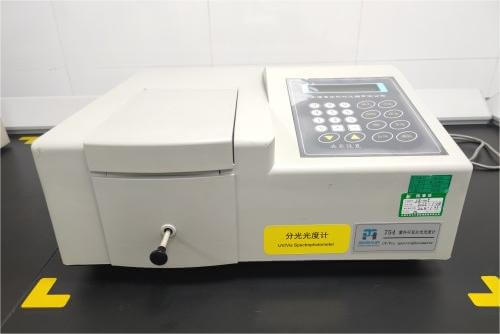
Resealable
The shelf life isn’t just about the time a product spends on store shelves; it’s equally crucial for consumers who purchase the product, take it home, and repeatedly use it.
Flexible packaging can help your products enjoy an extended lifespan on pantry shelves by resealing tightly at the top through zippers, slider zippers, or child-resistant zippers to maintain freshness by keeping out oxygen and moisture.
The longer your products stay fresh in customers’ homes, the more likely they are to purchase from you again and again.
Resealable features on flexible packaging ensure foods maintain their quality through multiple uses, and extend the shelf life of food.
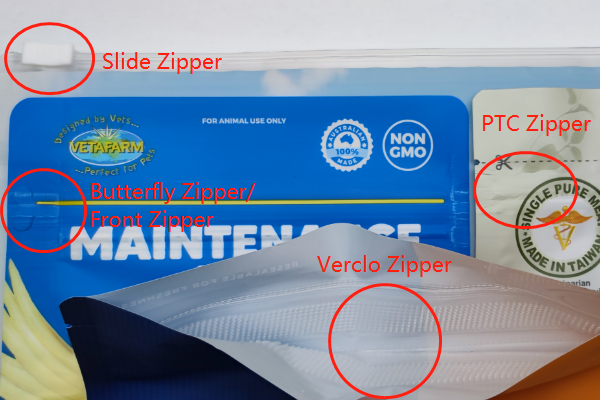
Contaminant Prevention
Flexible packaging serves as a protective layer, preventing contamination from external factors such as microorganisms, pests, and physical damage.
Flexible Packaging Plays a Vital Role in Protect Food
In summary, flexible packaging plays a vital role in creating a protective environment for food, preventing deterioration, and ultimately extending its shelf life.
The longer shelf life of food afforded by flexible packaging means less food is thrown away by retailers and consumers before it reaches its expiration date. This lowers the volume of food waste overall.
Start With KDW
+86 13559233681(Wechat, Whatsapp)
No1, Anbian Rd, Torch High-Tech Zone (XiangAn), Xiamen, Fujian, China


